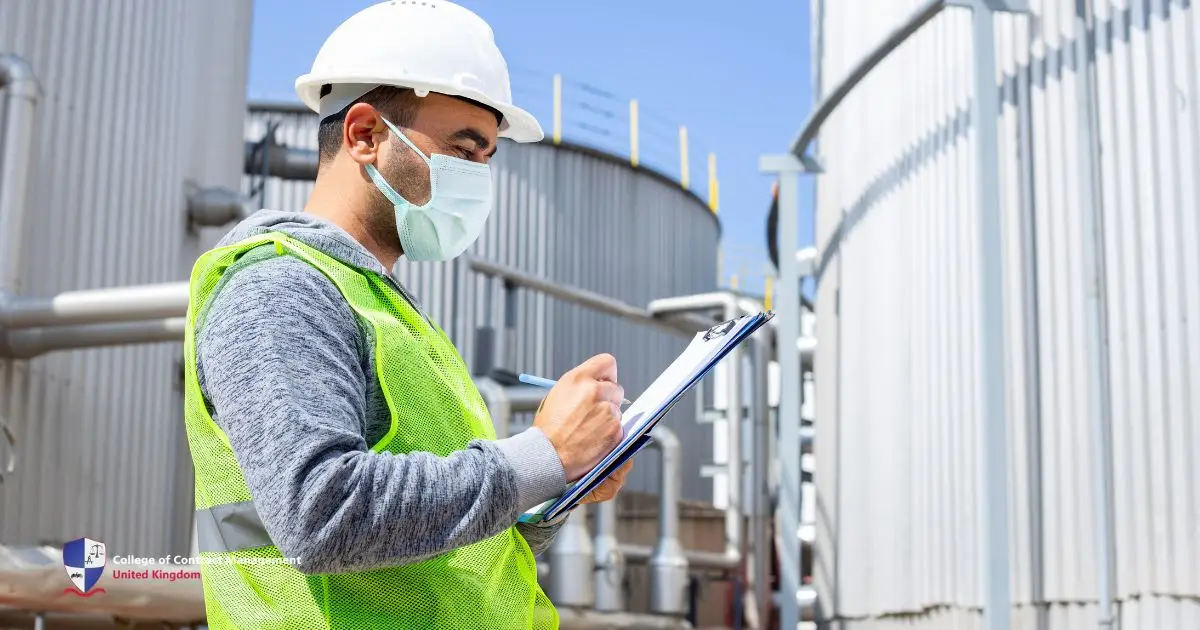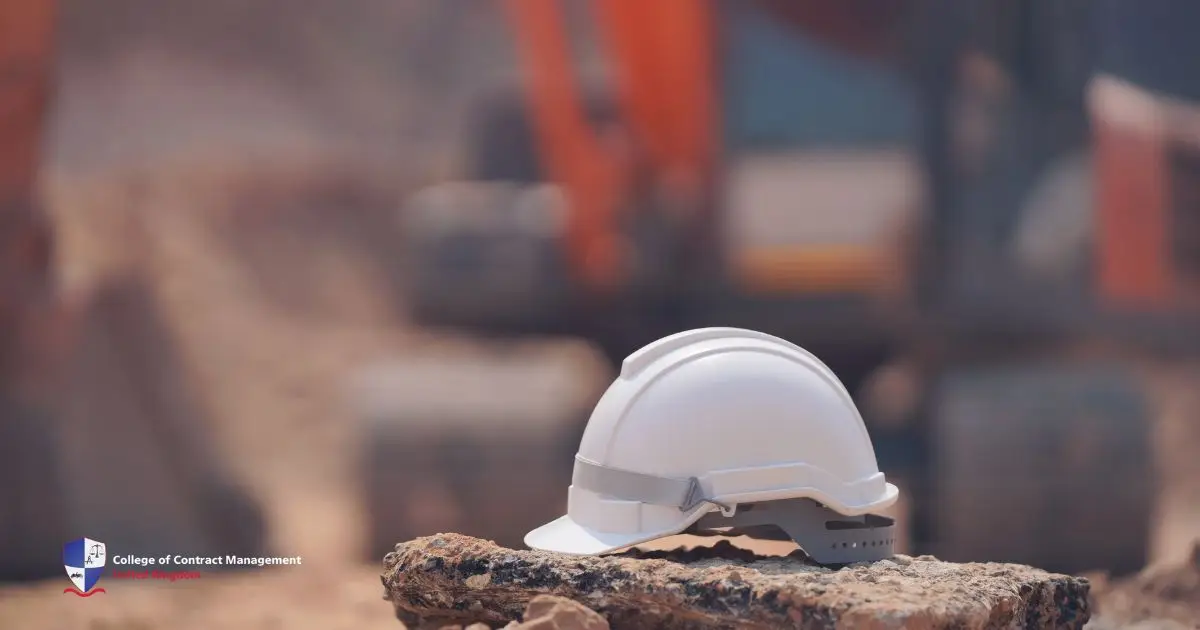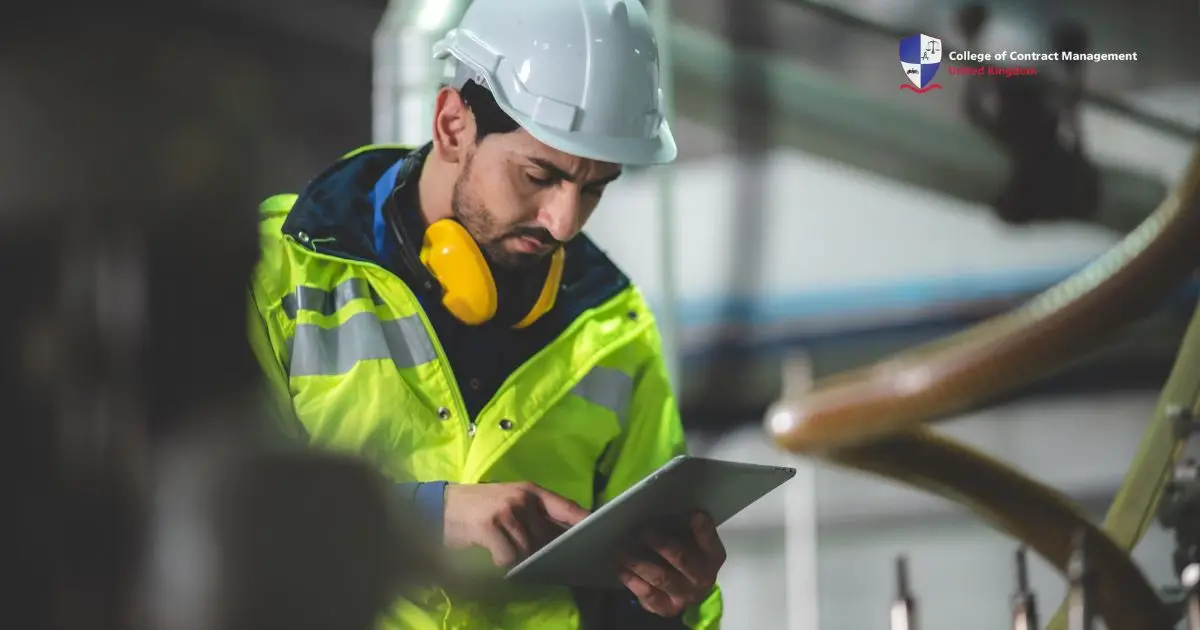In construction, safeguarding is a moral duty because of the dangerous workplace. For this reason, workers get training to spot possible risks and learn how to stay safe. This is where safeguarding training is important. It helps companies follow health and safety rules. When the company focuses on safety, they make the workplace safer for everyone and show they care about their workers.
This guide explains the importance of safeguard training in construction. It covers the importance and the benefits of proper training. Furthermore, the article will explore the steps and best practices for creating a safer construction site. As a result, it helps reduce injuries and protects everyone on-site. Let’s get started!
What is safeguarding training?
Safeguarding training is a programme that teaches workers important safety rules. These rules help prevent accidents and injuries on construction sites. All workers need to take these courses because they teach everyone how to stay safe in risky environments. If workers know what dangers to look out for, they can be more careful and protect themselves and their teammates.
Aside from that, safeguard training helps workers spot dangers and take action early. For example, they learn to use safety gear correctly and follow emergency steps. Additionally, they learn how to handle tools and machines safely. As a result, this training reduces accidents and keeps projects on track. Moreover, it boosts morale, as workers feel safer and more confident on the job.
The importance of safety training in construction
Safeguarding training is important for keeping workers safe while they build things like houses, schools, and other structures. Working in construction can sometimes be dangerous. Workers handle heavy materials, climb up high places, and use sharp tools. This is why safety training is needed. It teaches construction workers how to stay safe and avoid accidents. Here is a further explanation:
- Keeps workers safe: Safeguarding training helps stop injuries and sickness at work. It follows safety rules to cut down on accidents and make the workplace safer.
- Spot risks early: Training teaches how to find dangers before they cause harm. This helps employers take quick action to keep things running smoothly.
- Prepares for emergencies: Safeguarding training helps teams know what to do in a crisis. This lowers damage and keeps staff safe. It also helps the company recover faster.
- Avoids legal trouble: Following safety laws helps stop lawsuits and fines. It also protects the company’s name and money.
- Builds a safe culture: Training helps everyone take part in safety. This lifts team spirit and helps people work better. It also builds a long-term focus on health and safety.
Levels of safeguarding training in construction
Safeguarding training is vital in the construction industry. It helps create a safe and respectful work environment. Whether on-site or in the office, everyone must protect the welfare of others. In fact, safeguarding is not just about reacting to problems. It is also about spotting risks and knowing how to act. With proper training, construction workers can handle dangerous situations.
In the construction sector, there are different levels of safeguard training. Each one suits different roles and risks. By understanding the right level, workers can stay safe and follow the law. As a result, it builds a strong culture of care and responsibility. This section looks at each training level and who needs it.
Level 1 – Basic Safeguarding Awareness
This basic safeguarding training is for everyone who works on a construction site. It includes labourers, tradespeople, and office staff. The course teaches what safeguarding means and how to respond if someone is in danger. It also explains the importance of keeping things private and receiving information correctly. This training helps make sure everyone understands the key ideas of safeguarding.
Level 2 – Advanced Safeguarding
This safeguard training is for supervisors, team leaders, and staff on construction sites. It takes a deeper look at safeguarding laws and rules. Participants learn how to communicate with people who may be at risk and understand their roles in keeping them safe. They also gain knowledge on how to handle complaints or reports. They also learn how to take part in safeguarding investigations. This course builds on Level 1 and gives more detailed knowledge for those with greater safeguarding duties.
Level 3 – Designated Safeguarding Lead (DSL) Training
This advanced safeguarding training is designed for individuals selected as the main contact for safeguarding concerns. For instance, site managers or safeguarding officers. It teaches how to create and follow safeguarding policies, handle serious concerns and referrals, and work with outside agencies. Besides, it covers how to support other staff with safeguarding issues. As a result, it gives the skills they need to lead safeguarding work and meet legal requirements.
Level 4 – Safeguarding for Senior Leaders
This level of safeguard training is for senior managers and professionals who oversee safeguarding across several sites or large organisations. It focuses on planning and creating effective safeguarding policies. Participants learn how to guide staff, manage complex cases, and work with different agencies. They also focus on ensuring the organisation follows safeguarding laws. This advanced course is for those who help shape the overall safeguarding culture and practices in their workplace.
Level 5 – Safeguarding for Executives and Board Members
This highest level of safeguarding training is for executive leaders, board members, and senior decision-makers in construction companies. It covers how safeguarding fits into leadership roles, including understanding accountability, managing risks, and making sure policies work well. Participants learn how to build a strong, safe culture and ensure the whole organisation follows safeguarding laws. Level 5 helps top leaders support and maintain strong safeguarding practices across the business.
How does training in safety help workers?
Safeguarding training is key to keeping construction workers safe. It teaches workers to recognise risks and maintain a safe environment. Moreover, training empowers them to take action when needed. By giving workers proper education, it helps them understand how to stay safe on the job. Here are some ways this training helps improve safety in construction:
- Learning safe practices: One of the most important parts of safeguarding training is teaching workers how to use tools safely. Knowing the safest ways to handle tools and materials helps prevent injuries.
- Wearing the right gear: Safety training teaches workers about the importance of wearing safety gear. For example, wearing masks when working with dust or chemicals and wearing gloves when handling hot or sharp tools.
- Knowing what to do in emergencies: In an emergency, like a fire, workers need to know how to escape safely. Safeguard training helps workers learn what to do during emergencies, and this can save lives.
- Handling dangerous materials: Safety training teaches workers how to work with dangerous materials safely. For example, workers learn how to protect themselves when using chemicals and which ones to avoid.
- Teamwork and Mental Health: Good communication is another key part of safety in construction. Safeguarding training also talks about mental health. Workers learn how to handle stress and support their teammates.
Creating a safe workplace
Safeguarding training is crucial to make a safe workplace for everyone’s well-being. To achieve this, it’s important to regularly check the work area for possible dangers. Workplace inspectors can help identify risks and address them before they cause problems. In addition to that, workers should also take responsibility by reporting any hazards they notice. This ensures the work site is safe for everyone.
Furthermore, encourage workers to speak up if they spot something unsafe. By sharing new safety rules with others, a culture of safety is created on the job site. When workers feel comfortable reporting dangers, it helps keep the entire site safe. Therefore, creating an open environment where safety concerns can be discussed without fear is essential to maintaining a secure workplace.
Finally, ongoing safeguarding training is key. Conducting seminars and lectures helps employees learn more and stay proactive about safety. Refresher courses are important to keep workers updated on new risks and safety rules. Moreover, using the proper safety equipment for specific tasks and ensuring machinery is well-maintained minimises the risk of injury.
Join CCM for learning about safety training!
In conclusion, safeguarding training is key in construction. It teaches workers to identify and avoid risks, helping to keep them safe. Besides, proper training lowers the chance of accidents, making the worksite safer. By focusing on safeguarding, construction companies protect their workers and ensure a safer, more efficient workplace.
If you want to learn more about construction safety, join us at the College of Contract Management. Our experienced teachers can help you learn all about staying safe while working. We provide high-quality training to help you become a skilled and safe worker. Together, we can make construction a safer place for everyone!





